We’re glad nobody restored this groovy Corvette to factory-spec

Since 1963, the International Show Car Association (ISCA) has been ubiquitous in the world of indoor, large-scale car shows. Thanks to the participants, judges, and event planners, we’ve seen decade after decade of advancements in design, engineering, and technology. Times change, but some efforts are timeless. Rarely do we get to see a former ISCA show car that survived and thrived after its 15 minutes of fame—and that’s where this particular 1964 Corvette convertible (discovered via Barnfinds) comes into focus.
It’s currently for sale on Craigslist with an asking price of $69,500. It is a fair ask for just about any C2 Mid Year Corvette, but the provenance presented here goes far beyond being a unique options-list configuration. The seller states this Corvette entered the ISCA show circuit in the late 1960s, and was the “number one ISCA competition show car and points winner in its class for the ’66–67 year.”
Those claims might sound like those of a stereotypical seller, working overtime to tart up a car to unsuspecting buyers, but the sheer volume of historical documentation in this Craigslist ad suggests otherwise.
The seller states this Mid Year Corvette was originally finished in Ermine White with a 375-hp “fuelie” small-block, complete with a four-speed manual transmission and a rear end with 4.11:1 gears. But its owner, Don Connelly, modified the Corvette to be a Pikes Peak race car in 1965, which then made the transition to ISCA stunner. As the photos above show, this Corvette has seen several paint jobs, different sets of long-tube headers, various induction systems, and different graphics.
The seller suggests Don’s Corvette had multiple paint schemes “from ’65 to early ’70s,” including this yellow-ish hue seen in vintage photographs. (That’s definitely not the factory Ermine White.) Clearly, Don was proud of his car: You can spot him in these photos with a large number of trophies, presumably from a car that the promotional material suggests is the “Number One Competition show car in the USA.”
The interior shows the same level of attention to detail, though it is more restrained than the exterior’s race liveries or later paint jobs. The cream-colored tuck and roll upholstery really highlights the Mid Year Corvette’s elegant, dual-cove dashboard and removable hard top. The Hurst shifter and chromed rollbar are probably race items that survived the Corvette’s transition into a show car. Which begs the question, do modern show cars with racing bits affixed to them owe a debt of gratitude to Don and his 1964 Corvette?
The Corvette’s underside is still show-car fresh. It suggests that vintage ISCA entries didn’t need extensive chrome plating, loud colors, or impressive hardware polished to perfection to steal the judges’ hearts. Instead, we see what makes the Mid Year Corvette so special: a fully independent suspension, finished in black, dirt-free to this day.
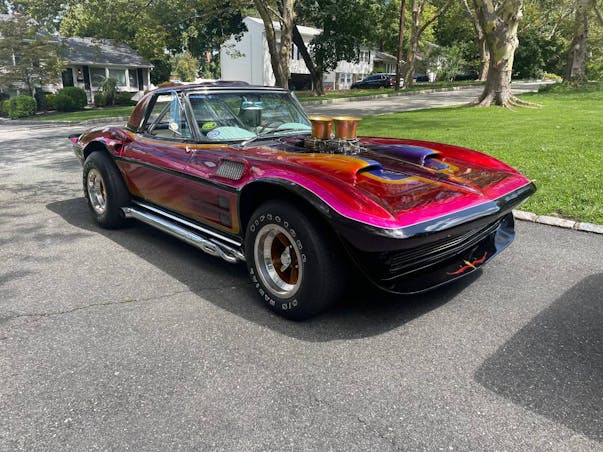
The polished-up and chromed-out engine bay has everything a 1960s show car with a small-block Chevy needs to wow the crowds, but the real money was spent on making the Mid Year’s body. The paint job is period-correct for a show car from the late ’60s or early ’70s, and the seller states this lacquer finish “shows beautifully.” There are dual hood scoops, open-air cleaners, a frenched antenna, dovetailed rear fascia, pinstriping, mag wheels, etc. but the real beauty lies in the fact that everything remains in time-capsule condition. Of course, that time capsule isn’t from 1964, and that’s why this Corvette is worth discussing.
How this 1964 Corvette survived the 1990s and 2000s in this condition speaks volumes about its owner(s). I have heard of a 1970s-era custom Mid Year being returned to stock by a new owner with no connection to the custom work: Such builds fall into disrepair over time and are often more valuable when restored to stock. Let’s also remember that Corvette fiberglass repair panels are readily available and fairly easy to install by most trained body shops. All of this makes this particular Corvette a true survivor worthy of sitting next to a factory fresh L-88. Perhaps more so, because it retains the vibes of when a small-block, Mid Year Corvette was heavily depreciated, not terribly appreciated.
If the pictures are any indication, this Corvette stands on its period-correct show car attributes very well. Even better, it proves how the right paint job, wheels, and custom parts of an era can make any car look great, long after it makes its exit, stage left from the show-car scene. We’re just lucky this ISCA Corvette survived the “hard times” so that it can thrive today.
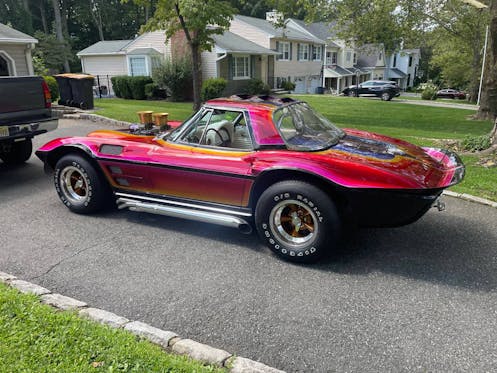
***
Check out the Hagerty Media homepage so you don’t miss a single story, or better yet, bookmark it. To get our best stories delivered right to your inbox, subscribe to our newsletters.





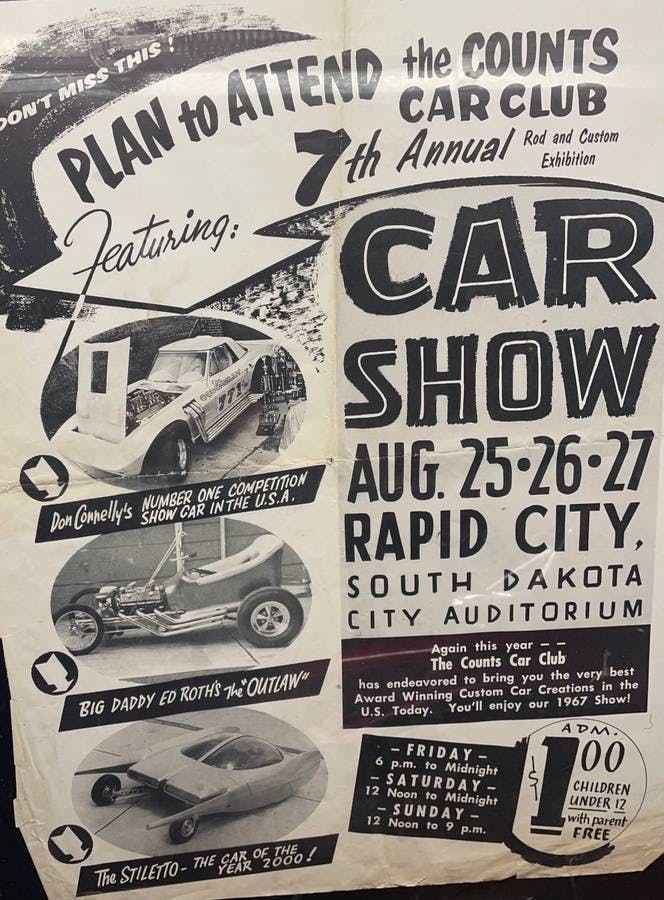

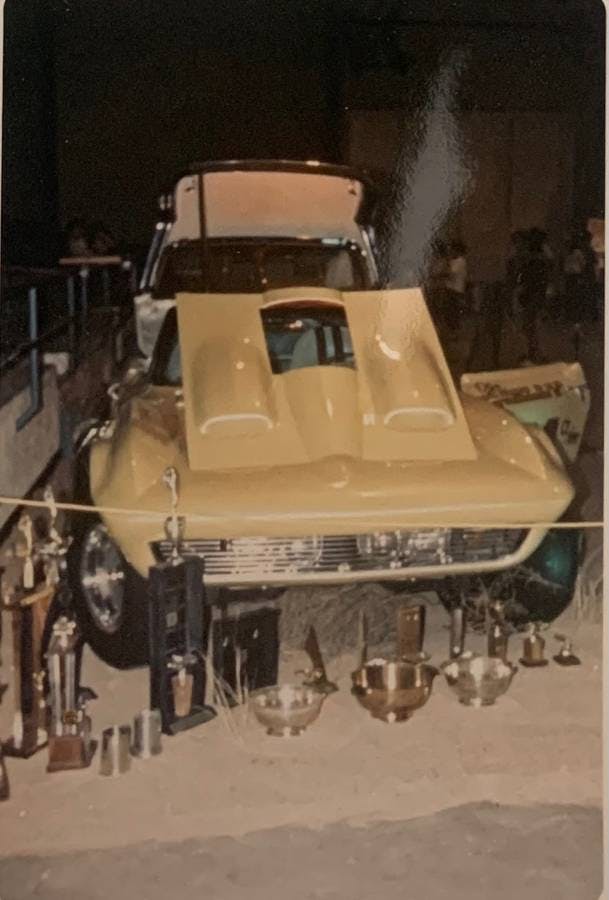
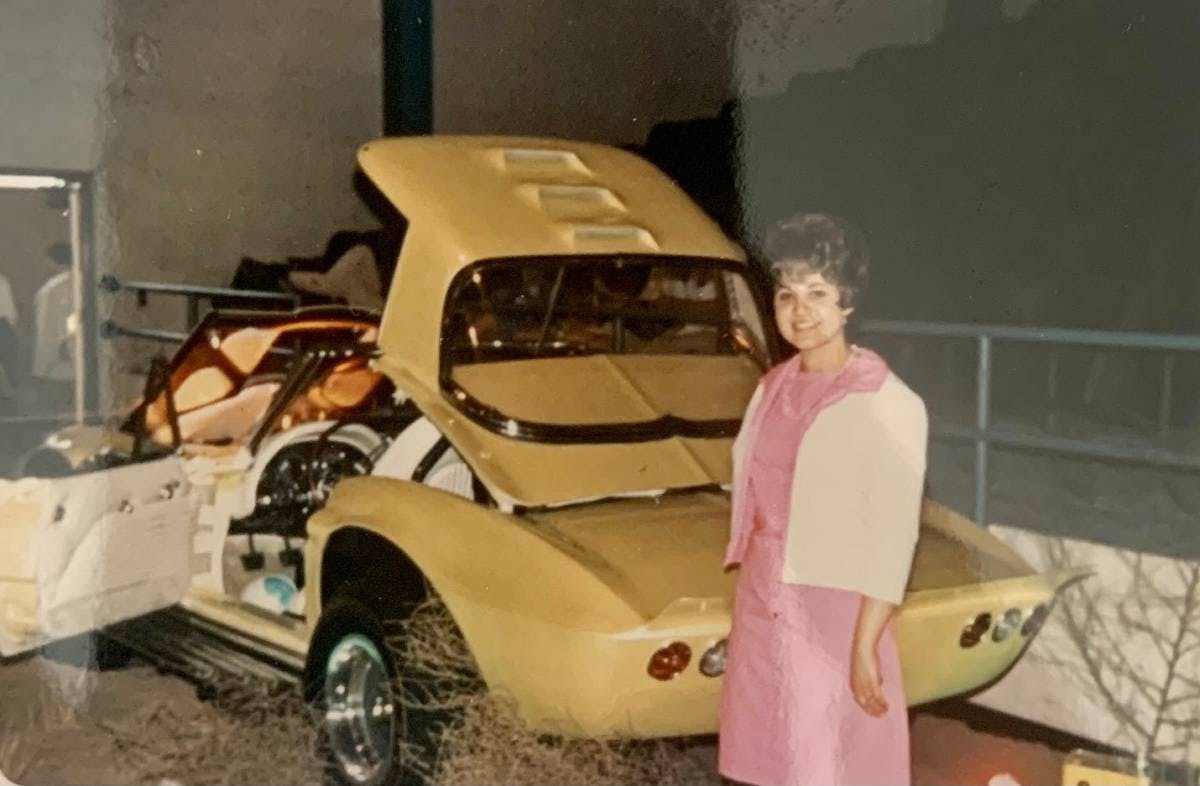


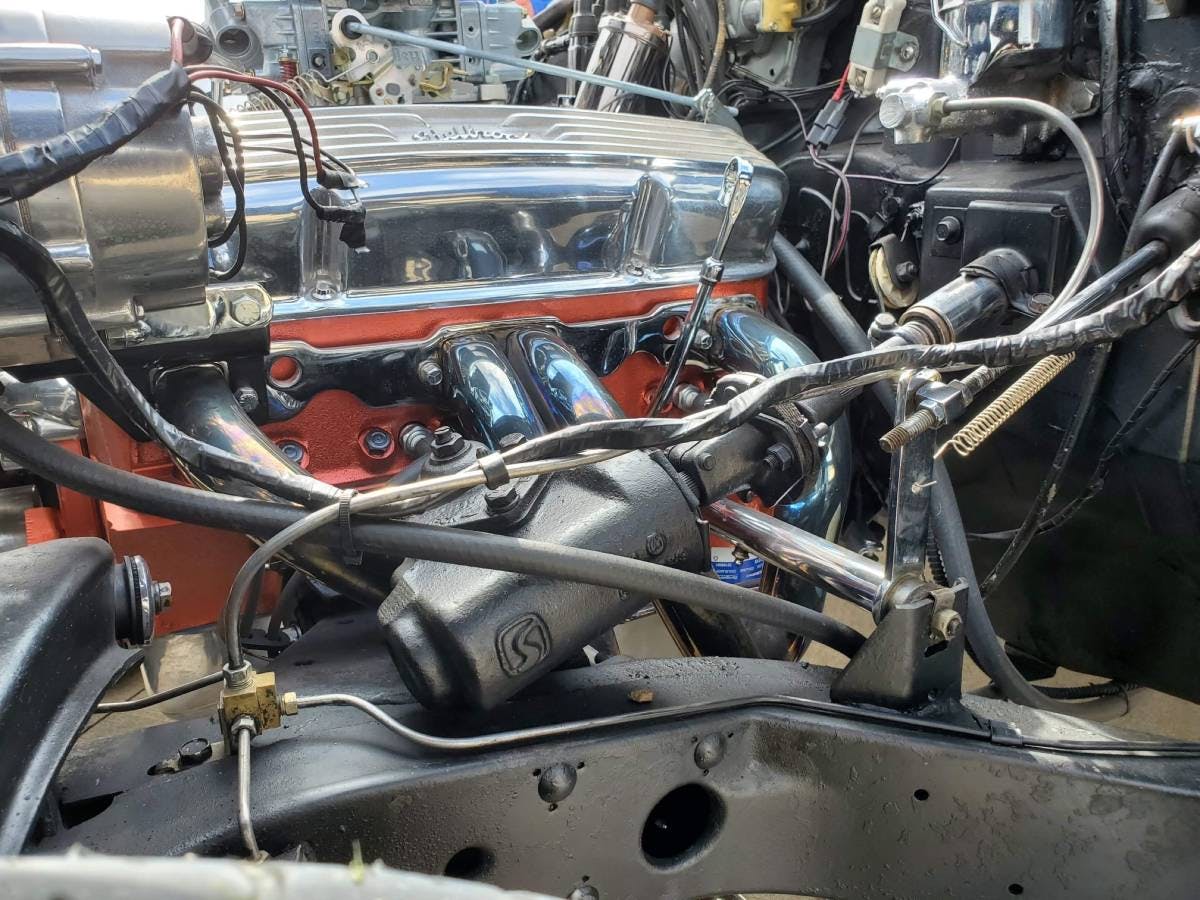
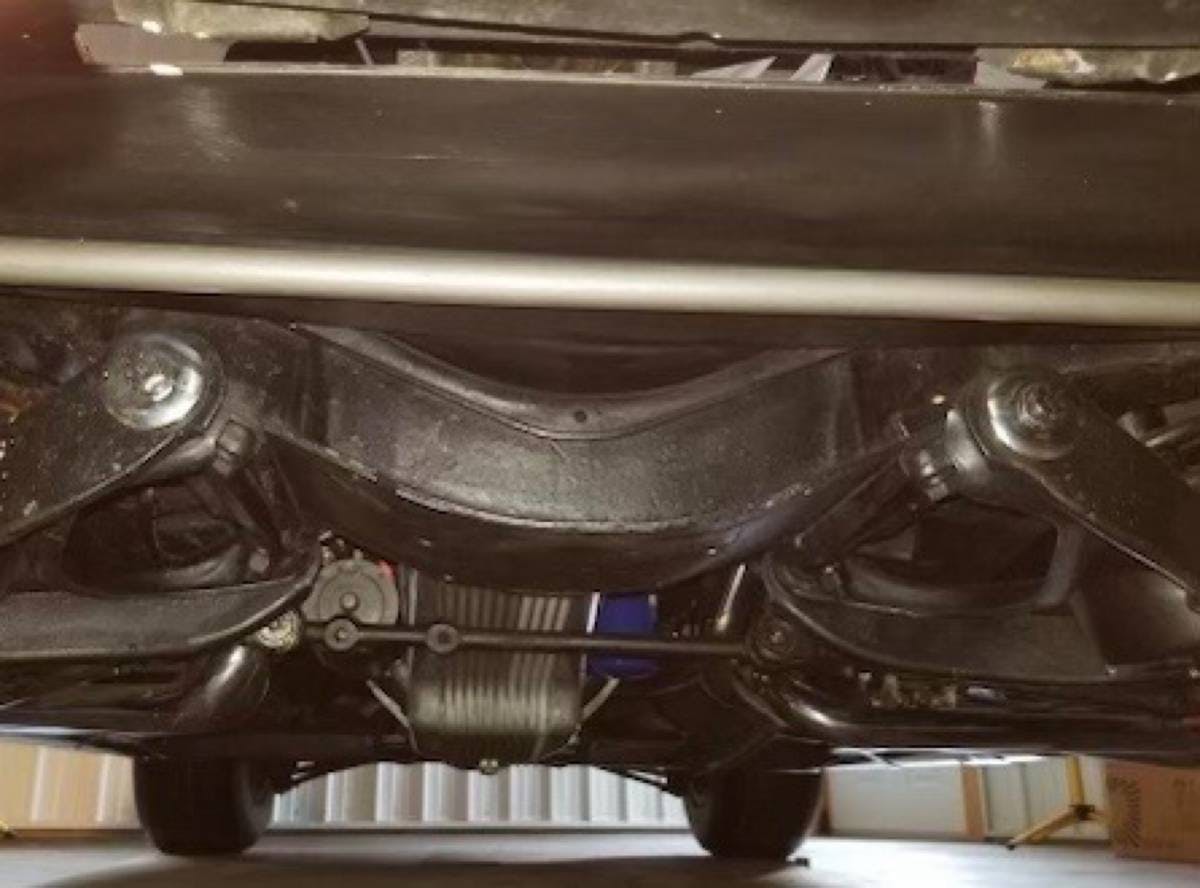



Sanjeev,
“Mid Year by its rightful name”. Huh?
I don’t mean this to sound “Get off my lawn”, but I’ve been around the car hobby since the early ‘70’s and have never heard a C2 referred to as a “Mid Year”.
I’m not even sure I understand what that means…let alone why the C2 is considered a “Mid Year” and not a C3, C4, or C7? 🤷🏻♂️
Use of the “C” nomenclature for Corvette predates the C5, being used at least as far back as 1984’s C4 launch and I’m curious: do you have the same issue with BMW’s, use of the “E” designation, Mercedes’ use of the “W” designation, and Audi’s various uses of “B” and “C” designations to denote model generations?
Asking for a friend…😉
There are many terms used to describe Corvettes. Mid Year is a term that came into use during the early part of the 3rd generation of Corvette. Mid Year can be thought of as the middle of the 1960s, as 1st generation cars ended in 1962 and 3rd generation cars started in 1968, so 1963 to 1967 is the “Mid Years”. There have been many discussions on this topic and many views expressed, so opinions vary. Hope this helps explain the term and it’s use.
Hello Woodrow,
I hadn’t heard of Chevy using the “C” designation before the C5, if you know where Chevy called the C4 by that name during the 1984 launch, I’d love to look that up. (I remember All-New or fourth-generation Corvette.)
I first heard Mid-Year in the late 1980s, so I’m surprised you didn’t hear that.
I have no problem with those other marques you mention, because I don’t recall them being revisionist like the C5 successfully backdating the “Solid Axle”, “Mid Year”, and Stingray Corvettes.
Best,
Sanjeed
Respect for leaving the car the way the owner intended it to be when he made it. With that being said, its just plain ugly. It wouldn’t be a car I would be interested in owning. If I did however, I wouldn’t change it back to stock.
Off Topic:
Any info on the Stilletto mentioned in the poster would be appreciated.
We need an in-depth article about the Vette from the movie Corvette Summer.
That was correct- Street Freak style was a late ’60s thing that peaked when I was in highschool (’74-’78). In Indianapolis at the time, you could see cars similar to this of all Big Three makers used as cruisers on Indy’s SouthSide strip, Madison Avenue. Oh, not as perfect as this ex show horse, but the style and paint was there. Lace SS stripes on Camaros, panelled murals on the boxy flanks of ’68-’70 Roadrunners and GTXs, faux marbled panels on Torinos and Mustangs. Tunnel Rams with those iconic Moroso gold anodized velocity stacks on the Holleys for all brands, and Hooker 2piece side mount headers with the baffles removed were quite common on GM stuff. And if you put a straight axle under a big block ’63 Nova, Cragar S/S skinnies on the front, Ansen kidney hole slots in 15×10 with Kelley Supercharger N50-15s with a paint scheme like this plus the hoodless tunnel ram dual quad… you won the weekend. And I did see one of these when I was a sophomore, often parked at the White Castle located at the south turnaround on the strip.
Why is my reply double posted?